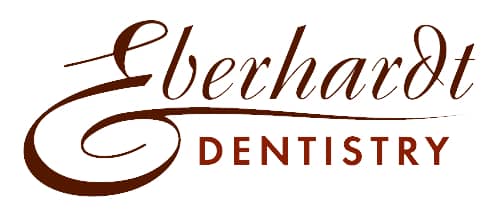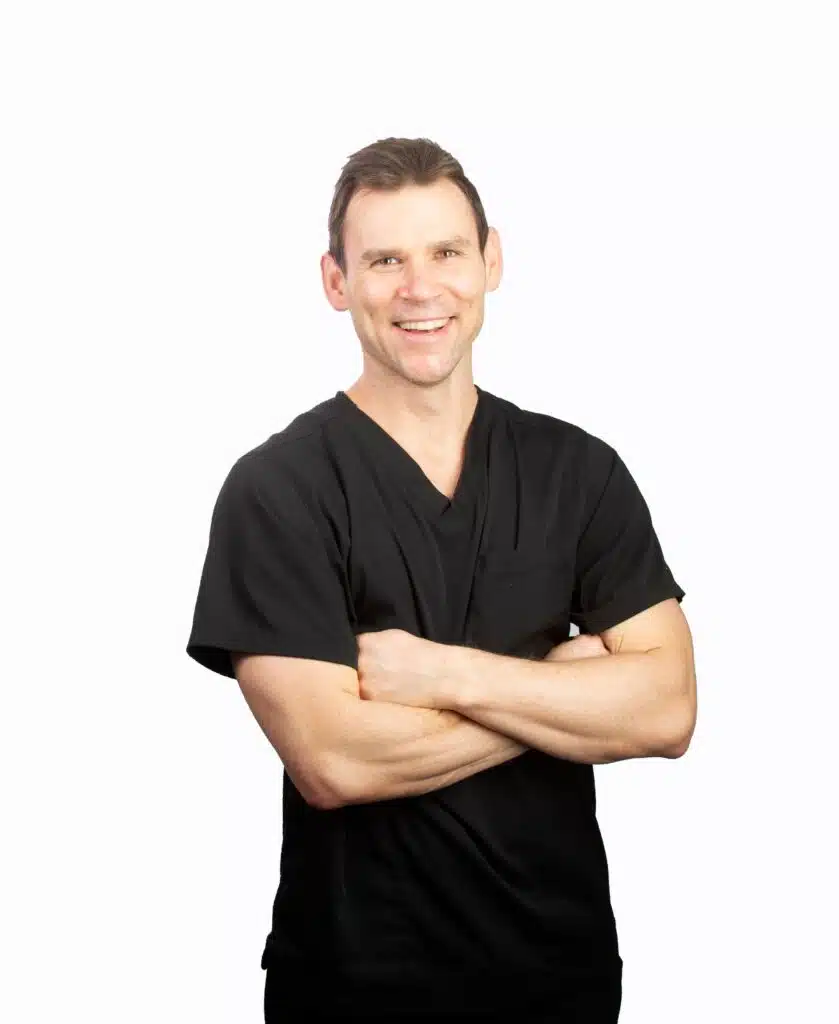Having a bright and healthy smile is not about aesthetics; it’s a significant part of our overall health. Oral hygiene, especially home teeth cleaning, plays a vital role in maintaining a healthy mouth and beautiful smile.
Gone are the days when dental care merely involved a toothbrush and a bottle of toothpaste. Now, the quest for cleaner teeth and a healthier smile has evolved beyond normal brushing and flossing.
This article discusses the techniques and expert tips for at-home teeth cleaning. You’ll learn all about how to maintain clean teeth, promote healthier gums, and ward off dental issues like bad breath, gum disease, and tooth decay.
Why Is Home Teeth Cleaning Important?
- Prevents of Gum Disease and Tooth Decay. Regular tooth brushing and flossing at home helps remove plaque, a sticky film of bacteria that forms on the teeth and gum lines. If left untreated, plaque can harden into tartar and lead to gum diseases like gingivitis and periodontal disease. These diseases could lead to tooth and bone loss if not managed early.
- Stops the Progression of Bad Breath. Home teeth cleaning involving proper brushing, flossing, and tongue scraping can help remove odor-causing bacteria that can lead to bad breath.
- Prevents Tooth Loss. Regular teeth cleaning at home strengthens your teeth and their supporting tissues, lessening the chances of tooth loss due to gum disease or tooth decay.
- Helps Remove Stains. Regular teeth cleaning prevents the buildup of stains originating from food, drinks (mainly coffee and tea), and sometimes even medications. This helps maintain your white teeth and attractive smile.
- Promotes Overall Health. Good oral hygiene ties in with good overall health. There are associations between gum diseases and other health conditions like diabetes, heart disease, and stroke. Therefore, teeth cleaning practices at home can contribute to overall health benefits.
- Cost-Effective. Regular teeth cleaning at home could mean fewer dental visits, saving you money in the long run. It is a cost-effective way of preventing potential dental problems which might require costly treatments.
- Detects Early Signs of Dental Problems. Home teeth cleaning makes you familiar with your mouth and teeth, allowing you to spot any abnormalities or changes that may indicate dental problems requiring professional attention.
What Are the Essential Dental Tools for Home Teeth Cleaning?
1. Toothbrush
Toothbrushes are an essential tool for teeth cleaning. They can be manual or electric toothbrushes, and both types effectively remove plaque and food debris when used correctly. Manual toothbrushes are convenient and easy to use, while electric toothbrushes can be more comfortable for people with limited movement and can make brushing fun for children.
Interdental brushes are excellent for cleaning between your teeth, especially if you have larger gaps, braces, or bridges. Whichever type you choose, remember to use soft bristles to prevent damage to your gums and enamel and replace them every three months or sooner if the bristles start to fray.
2. Toothpaste
Toothpaste, specifically fluoride, is critical in any oral hygiene routine. Fluoride helps to strengthen the tooth’s enamel, making it more resistant to decay and cavities. It also helps reduce the amount of acid produced by bacteria in your mouth and aids in remineralizing the early stages of tooth decay.
3. Dental Floss
Dental floss is a useful tool for reaching areas that a toothbrush may not reach. It removes the hidden food particles and bacteria trapped between your teeth and under your gum line. Regular flossing can reduce the risk of gum diseases and bad breath. It’s advisable to floss at least once a day, using about 18 inches of floss to ensure a clean portion for each tooth.
4. Mouthwash
Antibacterial mouthwash serves several functions in oral health. It reaches areas of the mouth that your toothbrush can’t, removes loose food particles and bacteria, freshens your breath, helps prevent tooth decay, and can also soothe mouth sores. When choosing a mouthwash, look for one that contains fluoride and has an ADA (American Dental Association) seal of acceptance.
5. Tongue Scraper
One often overlooked area in oral hygiene is the tongue. Tongue scrapers are designed to gently scrape off the layer of mucus, bacteria, and food debris that builds upon the tongue over time. Regularly using a tongue scraper can prevent bad breath and enhance your taste sensation and overall oral hygiene.
6. Ultrasonic Tooth Cleaner
Ultrasonic cleaners are handheld devices that use high-frequency sound waves to break up the tartar and plaque build-up. They are a fantastic, professional-grade tool for home use. They provide a deeper clean and can be particularly beneficial for hard-to-reach areas. Always follow the manufacturer’s instructions when using an ultrasonic cleaner.
How to Do Teeth Cleaning at Home: Proper Oral Hygiene Techniques
Brushing
- Apply a smear of fluoride toothpaste on a soft-bristled toothbrush.
- Hold the toothbrush at a 45-degree angle against the gums.
- Move the brush back and forth gently in short strokes over each tooth.
- Brush the outer surfaces, the inner surfaces, and the chewing surfaces of all teeth.
- To clean the inside surfaces of the front teeth, tilt the brush vertically and make several up-and-down strokes.
Flossing
- Break off about 18 inches of floss and wind most of it around one of your middle fingers.
- Hold the floss tightly between your thumbs and forefingers.
- Guide the floss between your teeth using a gentle rubbing motion. Avoid snapping the floss into the gums.
- Curve it into a C shape against one tooth when it reaches the gum line, and slide it into the space between the gum and the tooth until you feel resistance.
- Hold the floss against the tooth and move the floss away from the gum with up and down motions.
Using Mouthwash
- Pour the appropriate amount of mouthwash into the cap or a cup.
- Empty the contents into your mouth; do not swallow.
- Swish it around your mouth for 30 seconds to a minute.
- Spit out the mouthwash into the sink.
Cleaning Your Tongue
- After brushing and flossing, take out your tongue scraper. If you don’t have a tongue scraper, you can also use your toothbrush.
- Stand in front of the mirror, stick out your tongue, and scrape or brush your tongue from the back towards the front.
- Rinse the scraper or your toothbrush, and repeat until you’ve covered the entire surface of your tongue.
Interdental Cleaning
- Select the right size of interdental brush—it should fit snugly between your teeth.
- Insert the interdental brush gently between your teeth. Do not force the brush into a space; work it in gently or choose a smaller size.
- Move the interdental brush back and forth a few times in each space between your teeth.
Preventive Dental Care and Expert Tips
Brush Regularly
This is a fundamental practice in maintaining good dental hygiene. Brushing thoroughly at least twice daily helps remove food residues and bacterial plaque that can cause dental cavities and gum disease. Brushing in the morning helps remove the buildup of plaque and bacteria that happens overnight, while brushing before bedtime gets rid of the day’s germs and plaque accumulation.
Floss Daily
Flossing is critical in removing the food particles and bacterial plaque from areas that your toothbrush can’t reach—between teeth and under the gum line. When left unchecked, these hard-to-reach places can house harmful bacteria that lead to tooth decay and gum disease. It’s best to make flossing a part of your nightly routine.
Use Fluoride Toothpaste
Fluoride is a natural mineral that helps prevent tooth decay by making your tooth enamel more resistant to acid attacks from bacteria and sugars in your mouth. It can also reverse early decay. When purchasing toothpaste, check the ingredients to ensure fluoride’s presence for optimal dental protection.
Eat a Balanced Diet
A balance of fruits, vegetables, lean protein, and unsaturated fats ensures the necessary nutrients for optimal dental health. Foods rich in calcium, such as milk and cheese, promote healthy teeth. Crunchy fruits and vegetables increase saliva production, which helps wash away harmful acids and food particles from your teeth, reducing the risk of cavities.
Limit Between-Meal Snacks
Continual snacking can expose your teeth to continuous acid attacks, which can erode enamel and lead to cavities. If required to snack, select healthy options like veggies, cheese, and nuts, and avoid sugary beverages and snacks.
See Your Dentist Regularly
Routine dental check-ups and professional teeth cleanings are essential for good oral health. Regular dental visits allow your dentist to detect early signs of dental issues and intervene before they turn into severe problems, thereby saving time and expensive treatments in the long run.
Avoid Tobacco and Limit Alcohol
Tobacco not only stains your teeth but can also lead to serious oral health diseases such as oral cancer. Excessive consumption of alcohol can also have detrimental effects on your oral health, including oral cancer and a decreased immune response, making it harder for your body to fight off the bacteria that cause gum disease.
Alternative Products That Can Enhance Home Teeth Cleaning Effectiveness
- Sea Salt. Sea salt has natural antibacterial properties, which make it an effective oral cleanser. Dissolve a small amount in warm water and swish it around your mouth for a minute, then spit it out. It can be used as a homemade mouthwash to help fight bacteria.
- Baking Soda. Known for its whitening properties, baking soda can effectively remove stains from the teeth. Simply dab your toothbrush with some baking soda and brush gently. Try using this natural whitener once a week for best results.
- Coconut Oil. Recognized for its benefits in reducing plaque, coconut oil can be used for oil pulling. Swish around a tablespoon of coconut oil in your mouth on an empty stomach for 15-20 minutes, then spit the oil into a waste bin. Rinse and brush as normal afterward.
- Apple Cider Vinegar. As a potent antibacterial, apple cider vinegar can help keep your gums healthier. Use it as a mouthwash by diluting one part of apple cider vinegar in two parts of water. Swish the solution around your mouth for 1-2 minutes and then rinse thoroughly with water to prevent acid erosion of your tooth enamel.
- Activated Charcoal. Activated charcoal is known for gently removing teeth stains and enhancing the whiteness of teeth. Dip a wet toothbrush into powdered activated charcoal and brush normally. Rinse well afterward. Use it sparingly to avoid potential enamel damage from the abrasiveness over time.
Start Your Oral Care Journey Today: Achieve Your Dream Smile With Eberhardt Dentistry
Cleaning teeth at home is the cornerstone of a healthy mouth and beautiful smile. Following the expert tips mentioned in this blog can prevent plaque and tartar buildup, cavities, gum diseases, and other dental issues. As part of your tooth care, don’t forget to top your home care with biannual professional cleaning visits.
Remember, every beautiful smile starts with a clean tooth. Now that you know how to do teeth cleaning at home, step up your dental hygiene routine. Use the right dental cleaning tool, and get cleaner, whiter teeth right in the comfort of your home!
Make oral care a priority today. Visit Eberhardt Dentistry in Akron, OH for dental cleanings and get your dental care routine reviewed by experienced dentists. A brighter smile, healthier gums, and a confident you are just a click away!
Dr. Kyle Eberhardt enjoys helping patients achieve better overall health through enhanced dental care. He earned his Doctor of Dental Surgery degree in 2007 and has since pursued continuing education in the field of dentistry. He is committed to lifelong learning and has received a fellowship from the Midwest Implant Institute in Ohio. He has also pursued advanced training with CEREC doctors in Arizona and North Carolina.




